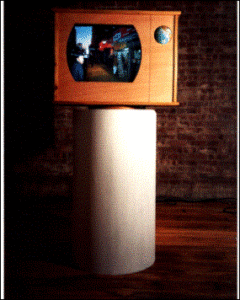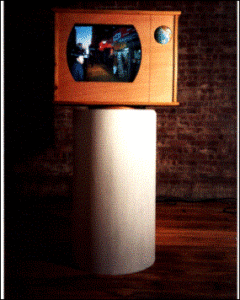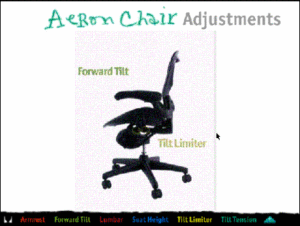Project Description: This is an experiment with interactive narrative. Many conceptions of interactive narratives ask the audience to direct the course or change elements of the story. These run the risk of breaking the audience’s spell as the action pauses, turning off writers who don’t want to learn how make decision trees, and bankrupting producers who have to shoot many alternate versions of each scene.
Using panoramic narratives allows one to always construct one linear flow but allow the user to construct a different story depending on where they focus. Writing for this would be more like writing for the theater but possibly with a greater feeling of immersion because the fourth wall is intact.
Technical Notes: This project was shot with an array of digital cameras. Synchronous frames from each camera were then stitched together. I did the automation of this process in Applescript and the stitching in QuickTimeVR Authoring Studio. The playback was programmed in Macromedia Director/Lingo and was originally an installation using a panning television set constructed for my earlier LampPost piece.










